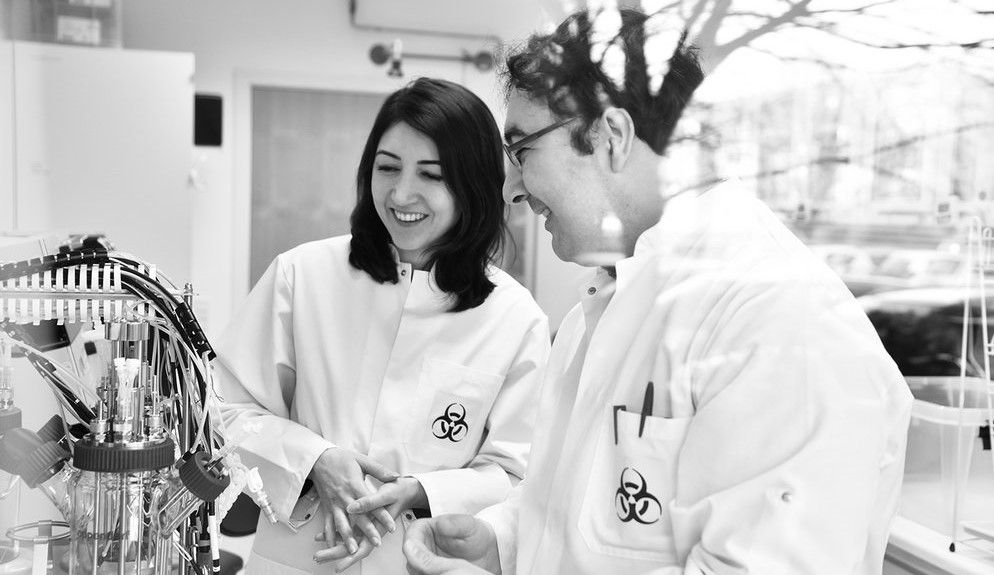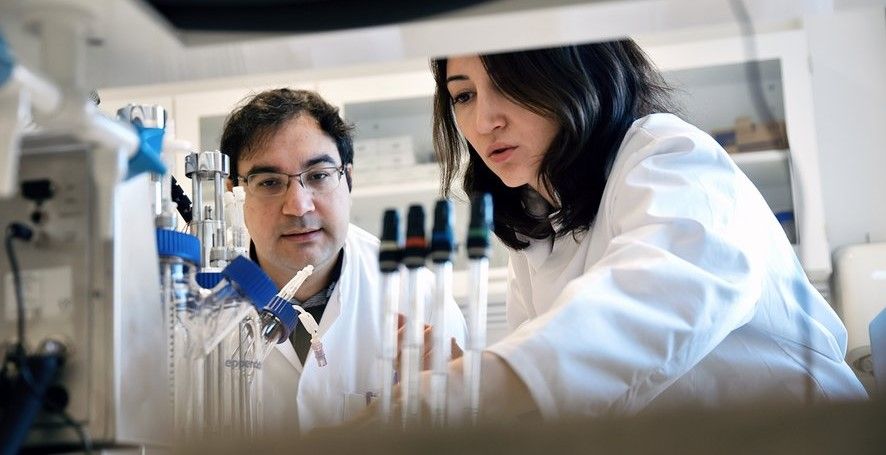Researchers have discovered an unusual enzyme and have plans and significant funding to employ it in a system that can turn waste oils and fats into fuel.
Two years ago, a light-dependent enzyme was discovered in microalgae. What made the enzyme so special was that with only light as an energy source it could decarboxylate fatty acids into alkanes; it could synthesize biofuel.
Now armed with a €0.4 million grant from the Novo Nordisk Foundation, the team at Aarhus University aim to develop a system that can turn organic waste into a fuel. Specifically, a process which operates in a single, continuous flow: waste will be added at one end, the photobiocatalysis from the algae enzymes will operate in the middle, and fuel will be emitted at the other end.
“The project covers all stages of the process,” explains Assistant Professor Bekir Engin Eser from the Department of Engineering at Aarhus University, “from selection of the best mutant of the enzyme to development of the flow system itself, which, via photobiocatalysis, will convert organic waste oils and fats into different biofuels in a continuous flow.”

Significantly, the fuel that will be produced is known as a ‘drop-in fuel’, because it is largely compatible with current petrol and diesel engines, and most cars and lorries would be able to run on this novel carbon-neutral fuel.
However, challenges still remain, as at present the enzyme produces alkanes of different lengths. This means that the research team’s first goal is to engineer the enzyme’s proteins to create different variants. The team will then be able to adjust the individual production of alkanes; short, medium, or long-chain hydrocarbons to meet different fuel needs.
“So far, no one has tried to specialise the enzyme to create the product portfolio we want,” says Associate Professor Selin Kara, the project’s lead. “For this reason, part of this project is to build a mutation library of the enzyme, so that, using different systems, we can make either diesel, petrol or jet-fuel in one process.”

In addition to solving the issue of fuel type, is the problem of making a process that can be up scaled to a level to match petrol production.
As Kara acknowledges, “The system has to be very, very efficient, because enormous amounts have to be produced if we are to get industry interested in this transition.”
Such is the ongoing challenge for the alternative fuel industry. While significant developments are being made, any new fuel will need to not only compete on price and performance with fossil fuels but will also need to blend into current fuel infrastructure.
However, with public opinion changing and with increased political will to respond to voters’ demands, there may well be hope that any one of these pieces research at the frontier of the clean fuel industry will make a difference.
Photo credit: Ingenioer & UNenvironment